-George Fox (1624-91)
|
Sometimes, you just need to sit and watch wildflowers blow in the wind. Happy Spring. "Be still and cool in thy own mind and spirit."
-George Fox (1624-91)
0 Comments
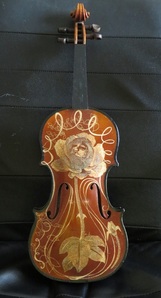 A friend approached me a few months ago about creatively altering an old and beat up violin for an auction benefiting a local high school orchestra. I let the violin sit around for a couple months, not knowing what to do with it (and allowing it to gather even more dust). While I greatly admire designs which can imaginatively reconfigure found forms into something quite different, I really felt that I should not veer much away from the already beautiful form and surface of the violin itself, albeit slightly damaged. Ultimately, I decided to play with the preexisting varnished surface and scratch down to the wood layer below, a process I have enjoyed doing with photographs and intaglio printmaking but never before with a violin. The design came in stuttered spurts over the last few weeks but was influenced overall by the curved shapes of the violin and the grace I associate with orchestral music. And, well, doesn't everyone like a rose? Enjoyed sketching from Simon Vouet's Saint Sebastian (c. 1625) this afternoon at the Museum of Fine Arts. After viewing other areas of the Museum with my students, I decided to look around some areas of the permanent painting collection I hadn't walked through in quite some time, and the feminine gesture and contrast in value of this work caught my attention.
It's really been a joy these past few weeks diving back into drawing and watercolor on paper and working more abstractly. Although I enjoy working from observation, my heart is not into it right now. My current drawings and watercolors, however, have evolved organically from my more representational and photo-based work; with them, there was a need to preserve an intimate moment of seeing some found form through a recording of the form and a paring down of its surroundings. The paring down of the surrounding background became more and more of my primary interest as a means to visually convey contemplation through marks that simultaneously veiled unnecessary information and physically encircled the object in focus. Now, I am exploring imagined object/ground compositions which still fixate on a singular object and this idea of layering, but now the object and ground are starting to fuse together as the layering is not an editing process but a building up of stacked planes as if I'm constructing these little flat sculptures one wash or pencil layer at a time.
Enjoyed making my first sphere out of paper the other day--need to work on some technicalities--but it was neat seeing it come together. Something to explore more. Dreaming of many hanging paper spheres comprised of various wildflower constellations.
A mock-up version of another work in progress: Currently working on a visual book format of a poem I wrote last summer based on two successive trips I took west of home: one to meet my newborn nephew and one to the desert and mountains of Big Bend country [see post titled "Journeys West" from July 2013]. Inspired by some photographs of the region by Laurence Parent from the UT Press book Big Bend National Park in the first two photos above. Decided on an accordian fold that can be read like a codex but debating between black and white and color. My idea right now is to do a final version with watercolor.
It's been challenging this past fall finding a balance between teaching and studio time, but now that I'm on a break (thank goodness), I've been able to get back to some projects I've started and stopped or just been thinking about for a while (better quality photos to come): I often enjoy looking up the definition of words (nerdy but true) and especially words that are readily recognizable and used fairly often, words that you feel you shouldn't have to look up in the dictionary because they're so embedded in your vocabulary that to look them up would be a pointless act. Try to define these words out of thin air, though, and you'll be confronted with a realization that you actually don't know the word as fully as you originally thought.
For some reason, I felt the need to look up the definition of "science" this evening, a word I associate with the classes in school where I dissected frogs, mixed chemicals, or built a rudimentary catapult; a word that often titles a section of the news or that is simplified into a cartoon of test tubes, beakers, and mad scientists. Search the phrase "definition of science" on Google, and the following will be the first result, among many other similar definitions: "the intellectual and practical activity encompassing the systematic study of the structure and behavior of the physical and natural world through observation and experiment" While I've noticed some connections in the past between the subject matter of my work and various sciences dealing with the natural world, I would often set aside these connections after thinking about them for only a short while as the sciences seemed based too much in some kind of concrete problem solving (at least on the surface). Looking over this definition today, however, surprised me as to how much it relates to my process of art making: I almost always work from observation of some organically created structure or composition found in my immediate environment, such as a windblown napkin found on the sidewalk or the random arrangement of various natural debris found on the ground after a rain. I study them through repetitive and methodical modes of representation/abstraction, pursuing some kind of truth again and again by tracing and retracing their contours and their placements in space. This truth can be equated with fact in science; it can also be equated with core spiritual beliefs. My work, however, never really gets to any factual conclusion. It doesn't declare that something is or is not. It also doesn't prove any spiritual belief. Rather, it seems to be all about the process itself of understanding or at least trying to understand something so much greater and mysterious than myself. Now search "science and art." A link to a 2011 program from NPR titled "Connecting Science and Art" will pop up, hosted by Ira Flatow, who begins with a quote by Albert Einstein: "The most beautiful thing we can experience is the mysterious. It is the source of all true art and all science. So the unknown, the mysterious, is where art and science meet." If "the most beautiful thing we can experience is the mysterious," should we try to solve it, name it, prove it? Or should we just "experience" it, meditate upon it? Haven't been too productive lately for various reasons but trying to get back in the swing of things with a few chalk drawings this evening. Trying something a little different than what I've done in the past by visually connecting these encircled forms with line. Still have constellations on the brain in the form of found compositions and structures determined by natural/divine forces.
|
Thoughts about art, seeing, and living.
Archives
April 2015
|
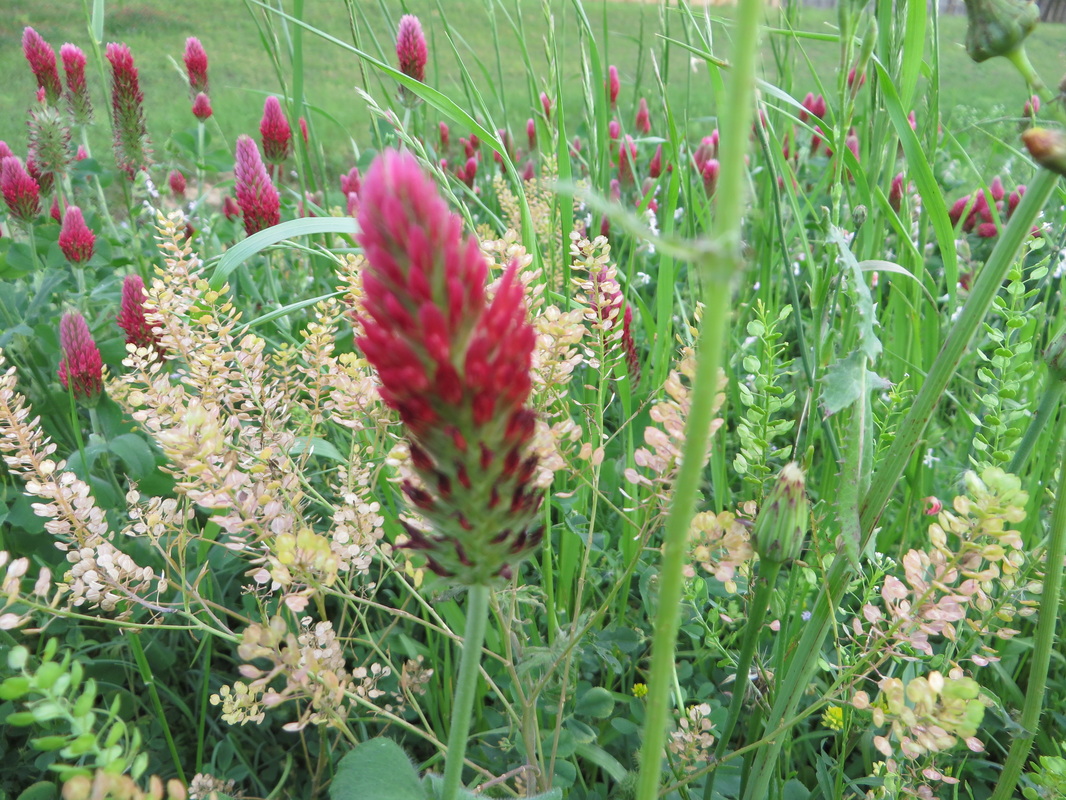
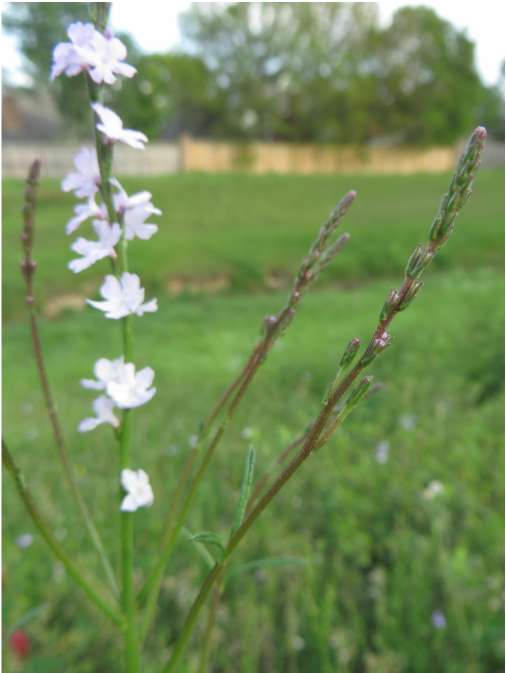
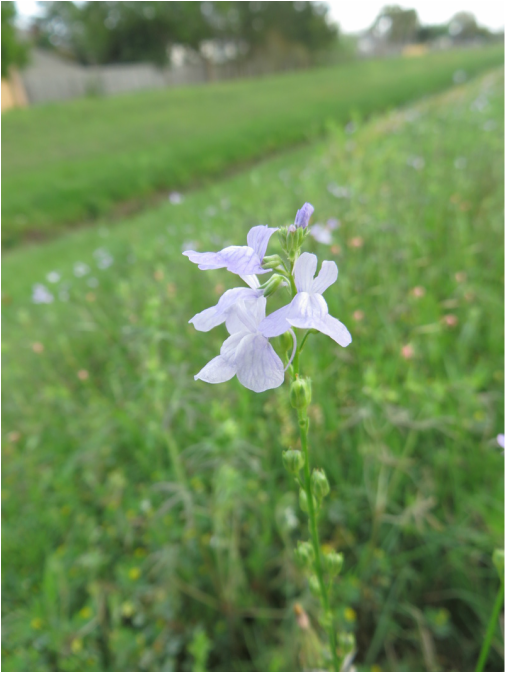
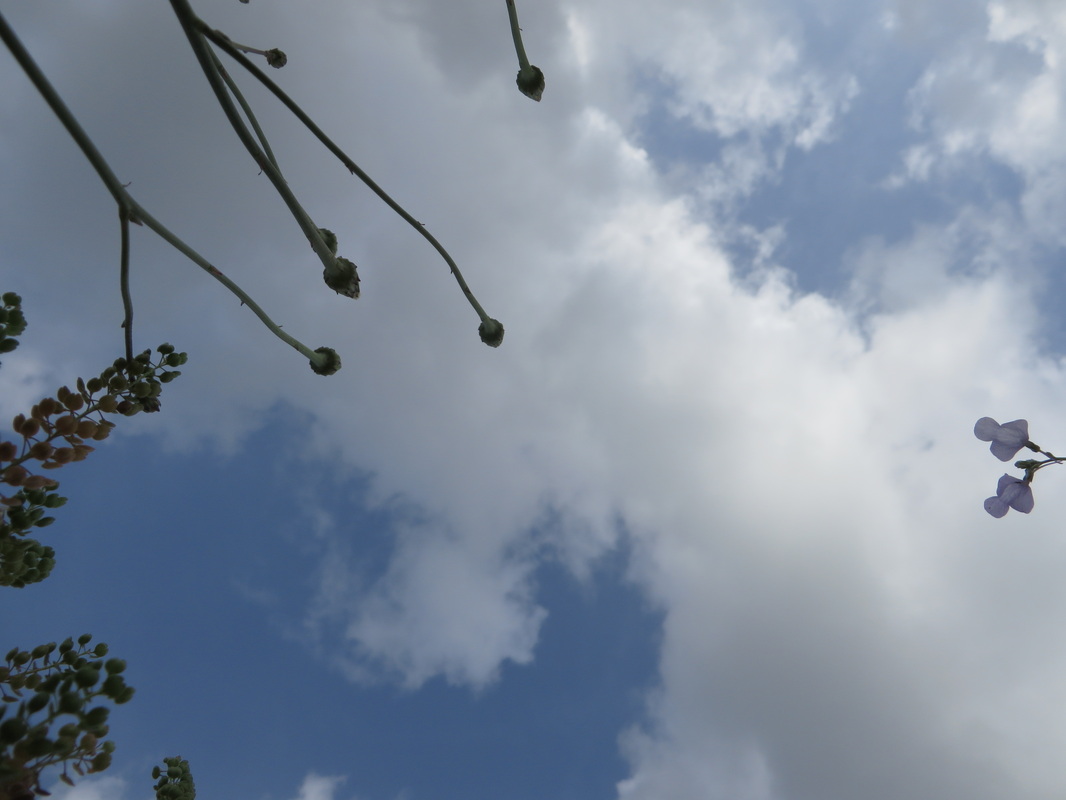
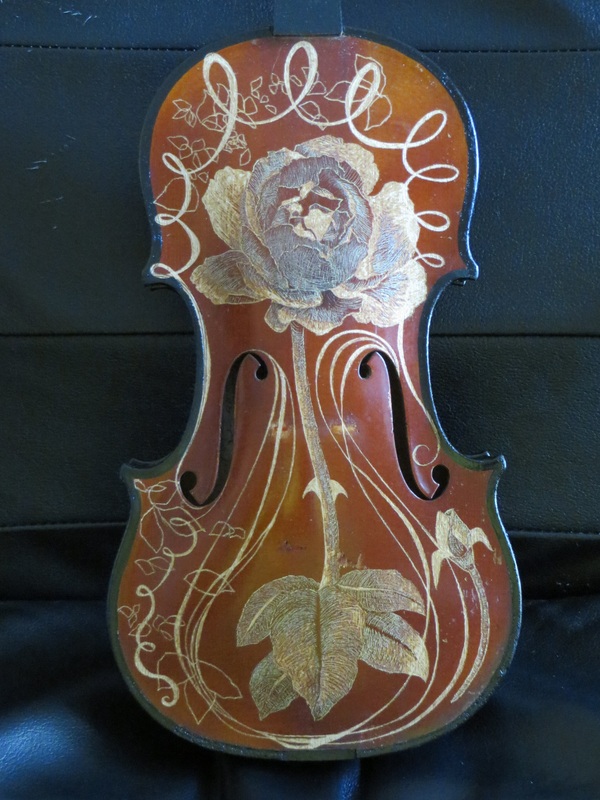
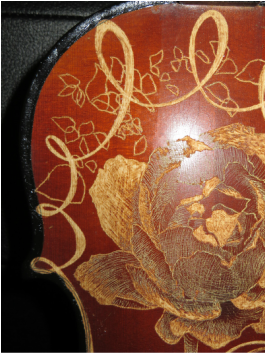
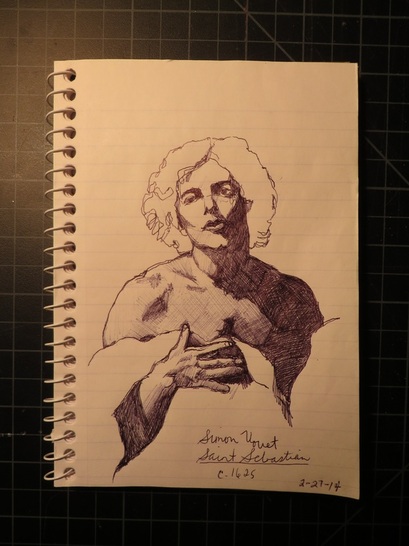
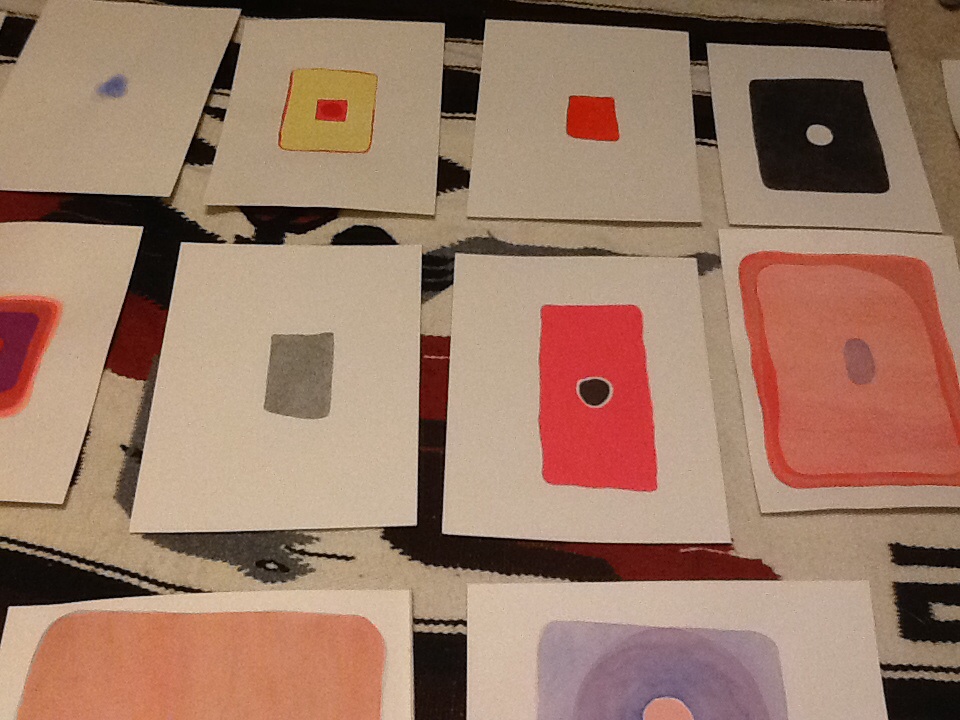
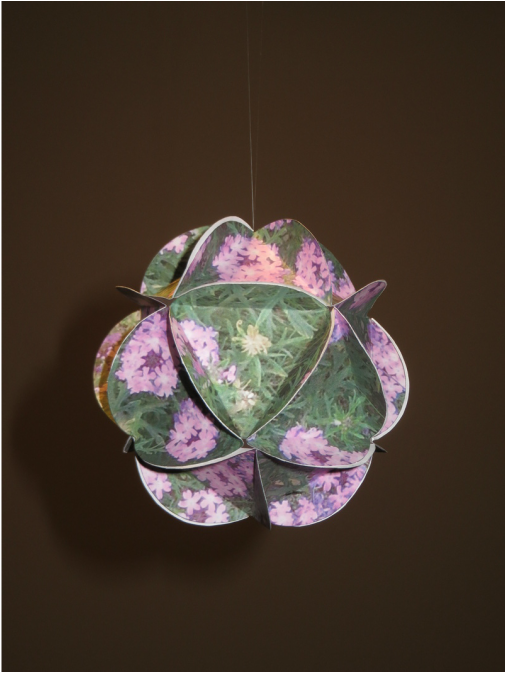
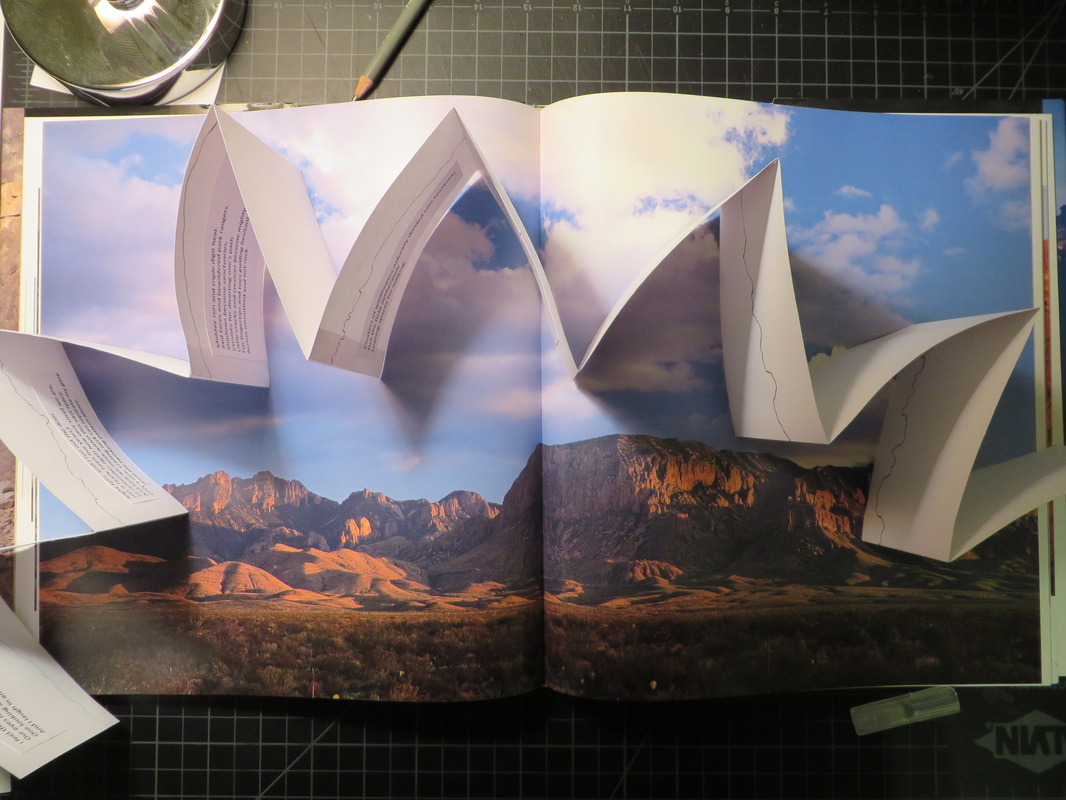
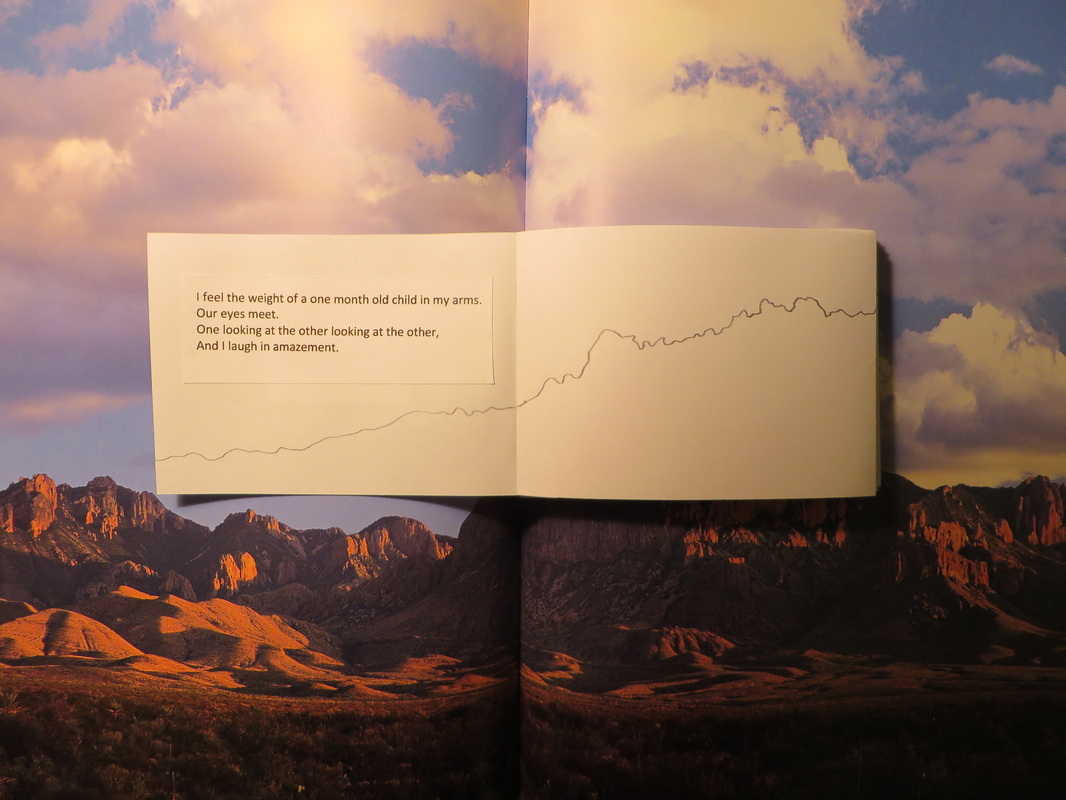
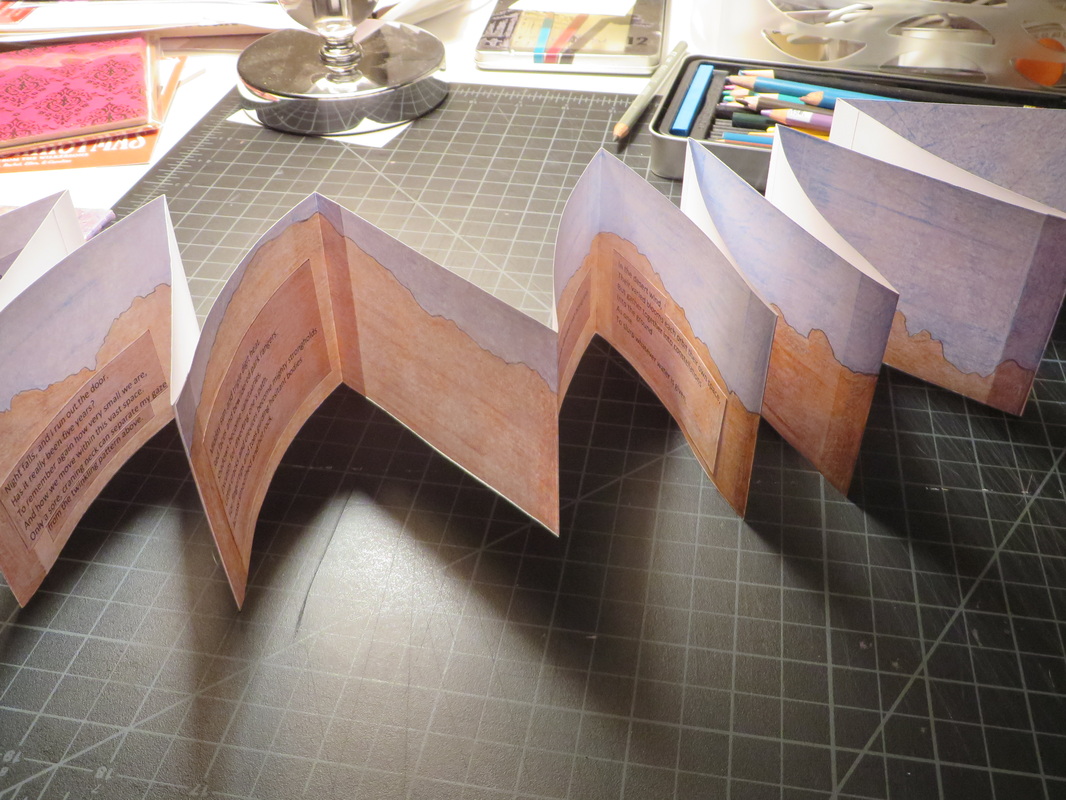
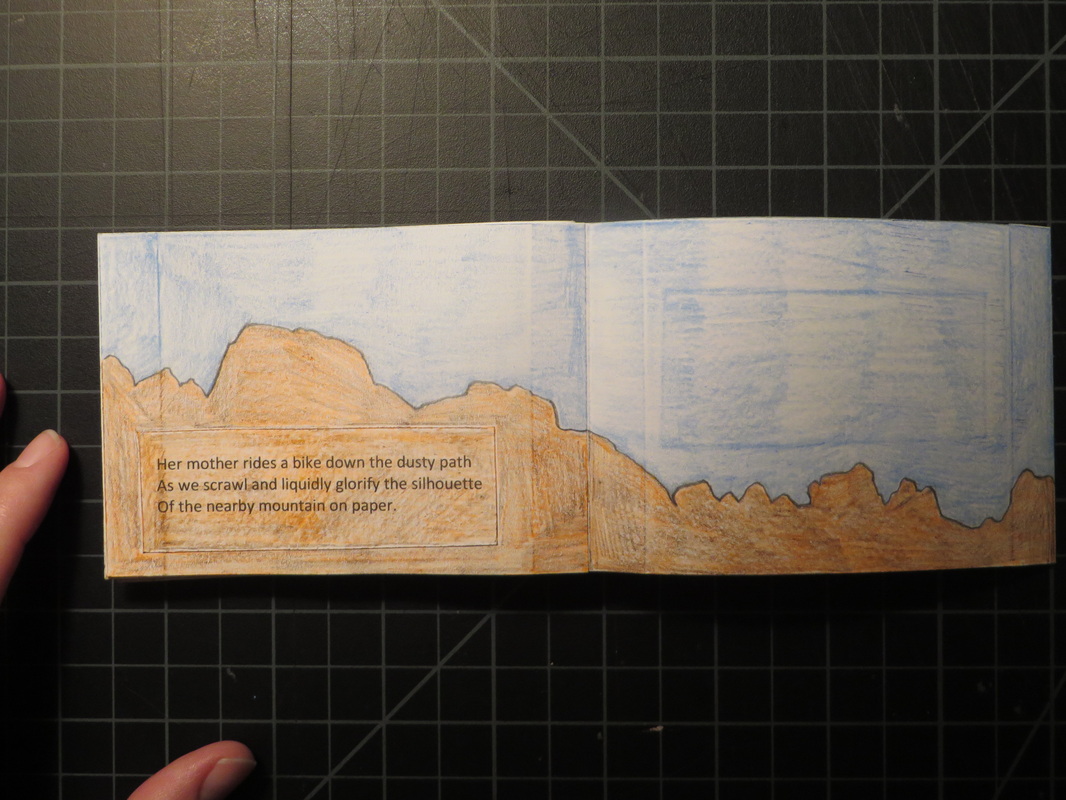
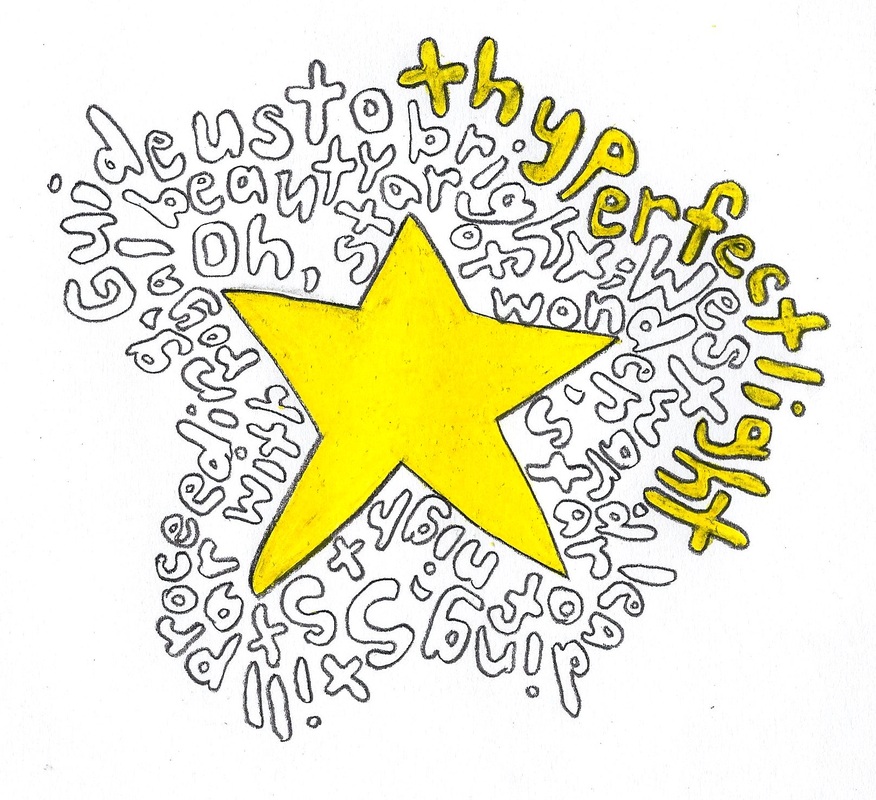
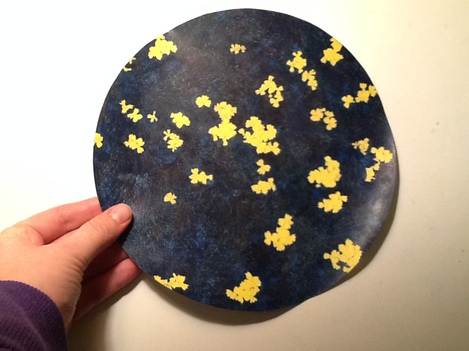
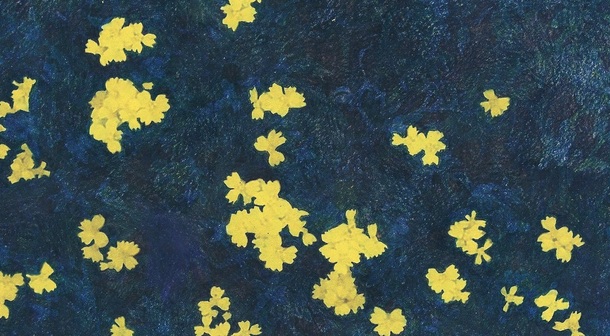
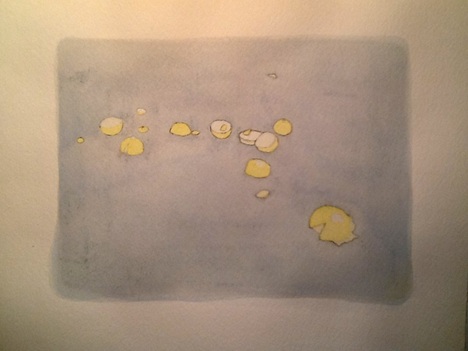
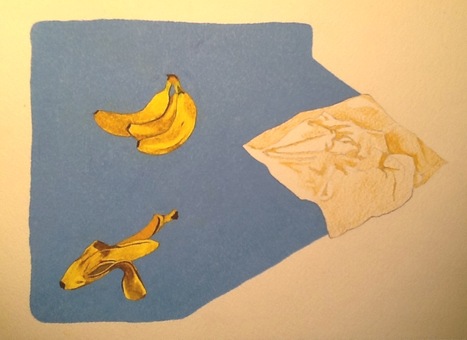
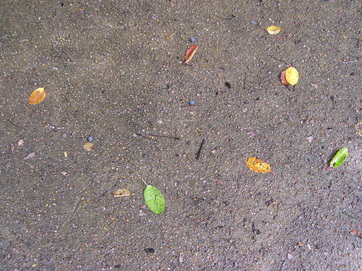
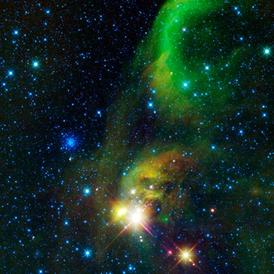
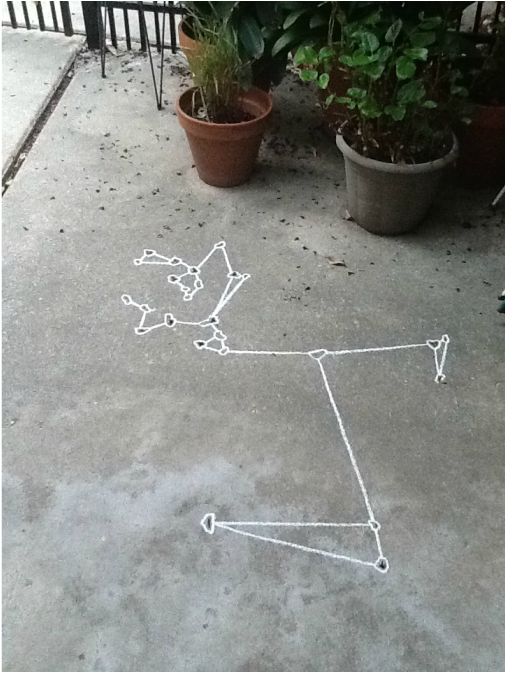
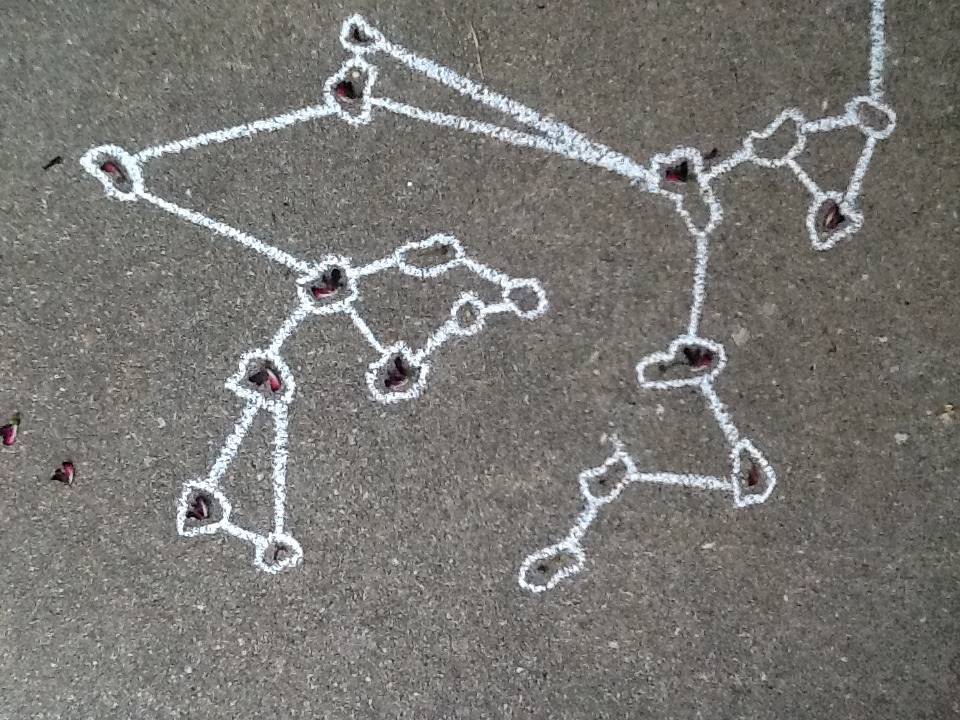
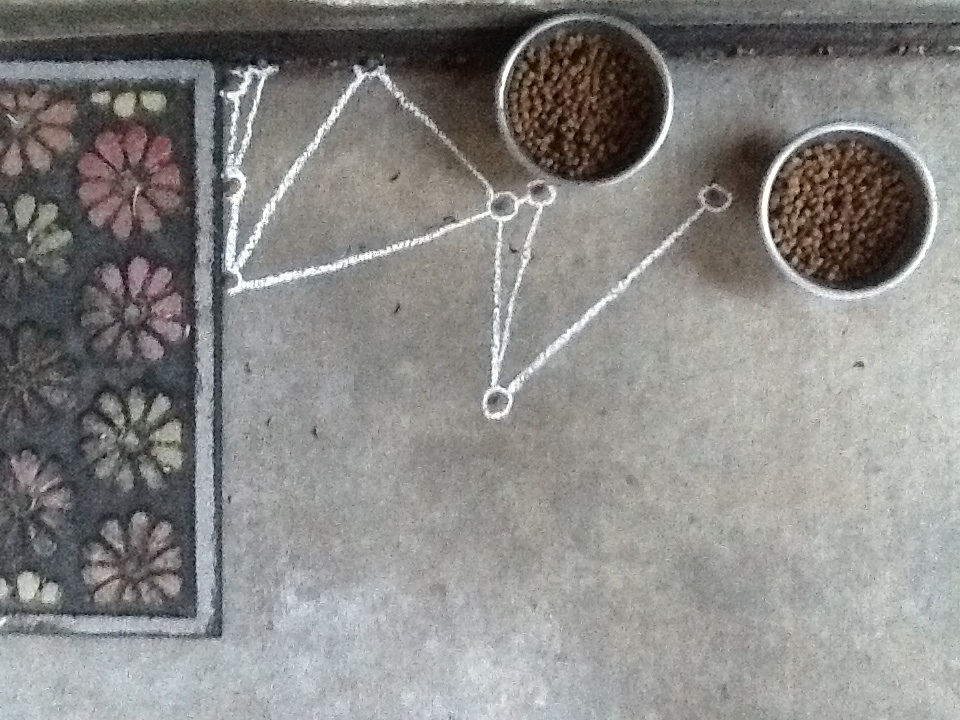
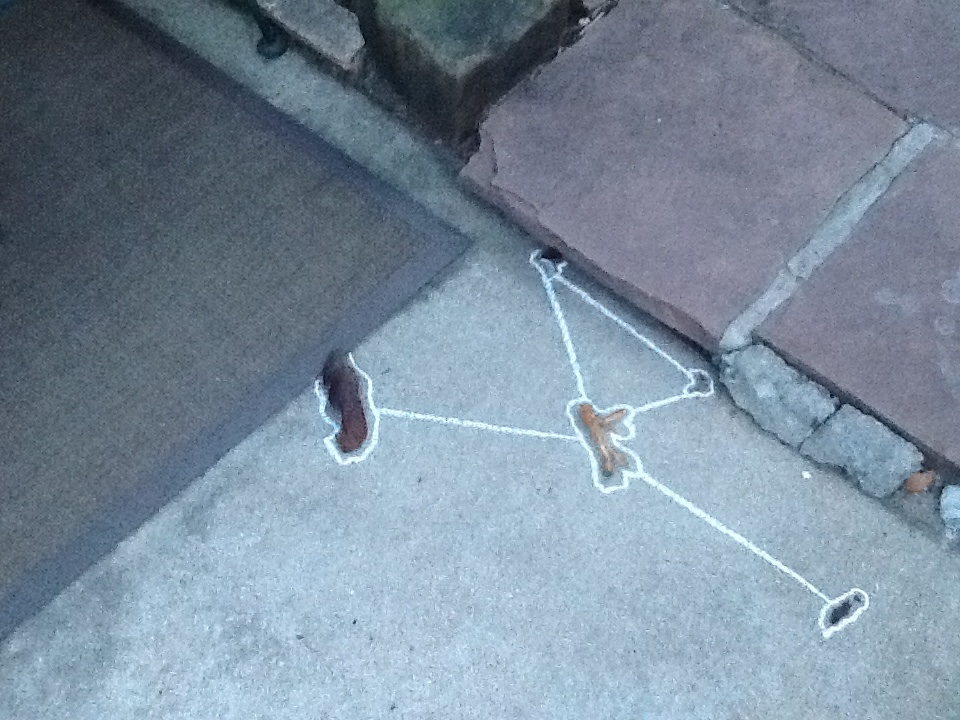
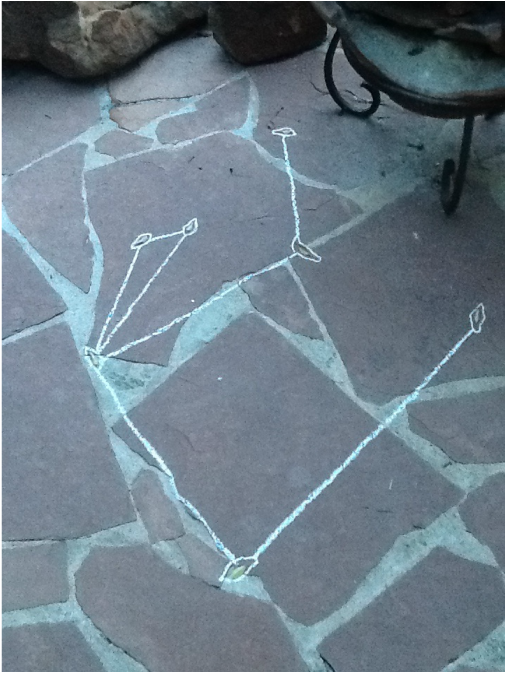
 RSS Feed
RSS Feed
